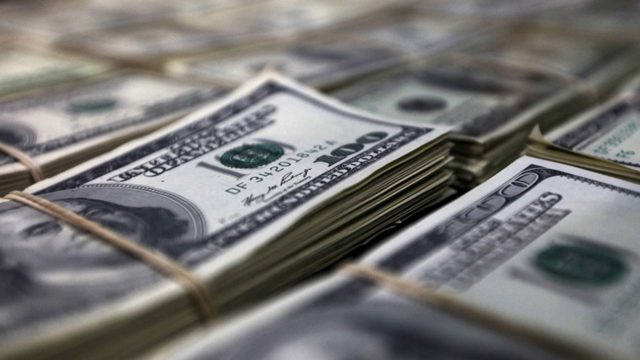Pakistan’s public debt has surged by 6.51 percent to a staggering Rs64.806 trillion in the first eight months of the fiscal year 2023-24, the State Bank of Pakistan data showed on Thursday.
The government’s borrowing spree saw an addition of Rs4 trillion to the debt pile, marking a 19 percent year-on-year increase by February end.By the end of February 2023, the debt stood at Rs54.438 trillion. In February 2024, however, the debt fell by 0.1 percent on a month-on-month basis.
The government’s growing funding needs and a lack of external financing are to blame for the increase in the national debt. The rise in markup payments, especially on domestic debt, is a reflection of the government’s growing reliance on domestic resources to fund its budget deficit in an environment of rising interest rates.
The main reason for Pakistan’s current economic problems is the country’s unmanageable level of public debt. Pakistan has been violating the Fiscal Responsibility & Debt Limitation Act (FRDL) since 2013. The government finds it more challenging to pay off the country’s debt due to the record high interest rates, diminishing profits for state-owned businesses, and weak tax collection. The rupee’s strengthening versus the dollar and the partial repayment of foreign debt loans contributed to a decrease of Rs37 billion in the government’s debt on a month-on-month basis in February.
The federal government’s domestic debt increased by 10 percent to Rs42.671 trillion between July and February of FY2024, according to figures from the SBP. In February, the debt rose by 24.9 percent on an annual basis.
As of February 29, 2024, the external debt had increased to Rs22.134 trillion, a 9.1 percent increase from a year earlier. In July-February of FY2024, there was a 0.47 percent growth in foreign debt.
Pakistan will need foreign financing totaling $120 billion over the next five years, more than its gross reserves, according to the most recent report from the Pakistan Institute of Development Economics.
It was predicted that the nation would require $22.8 billion in foreign funding in FY23, $24.9 billion in FY24, $22.2 billion in FY25, $24.6 billion in FY26, and $24.9 billion in FY27. However, in some “unfavourable circumstances,” gross external financing was significantly higher than gross foreign exchange reserves, according to the report.The current crisis shows that growth is irregular, with cycles of boom and bust and an uncontrollable deficit. There aren’t enough foreign exchange reserves, and inflation will make things worse, it said.

